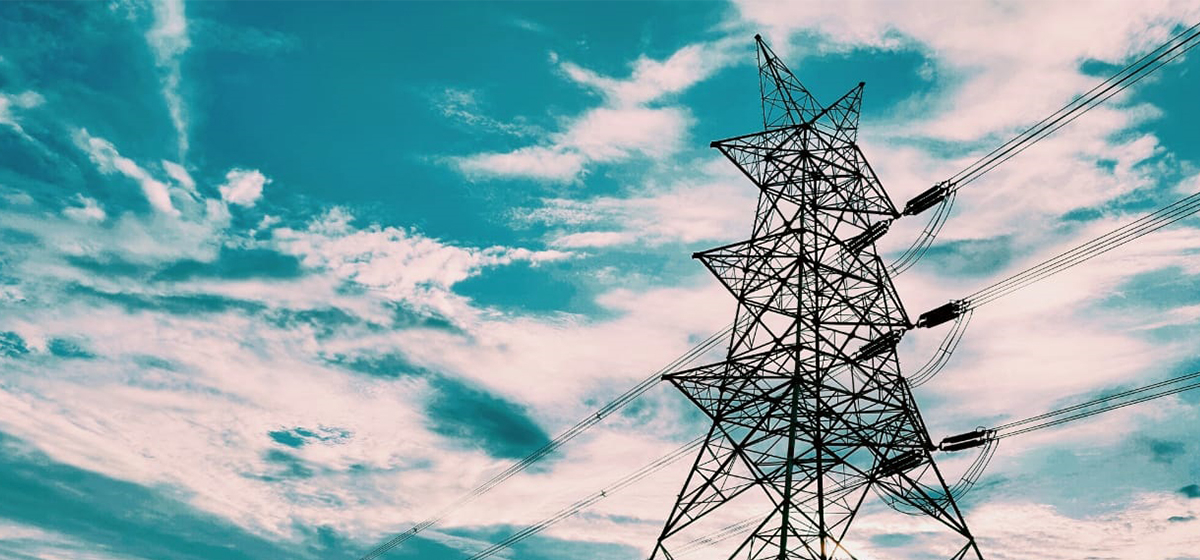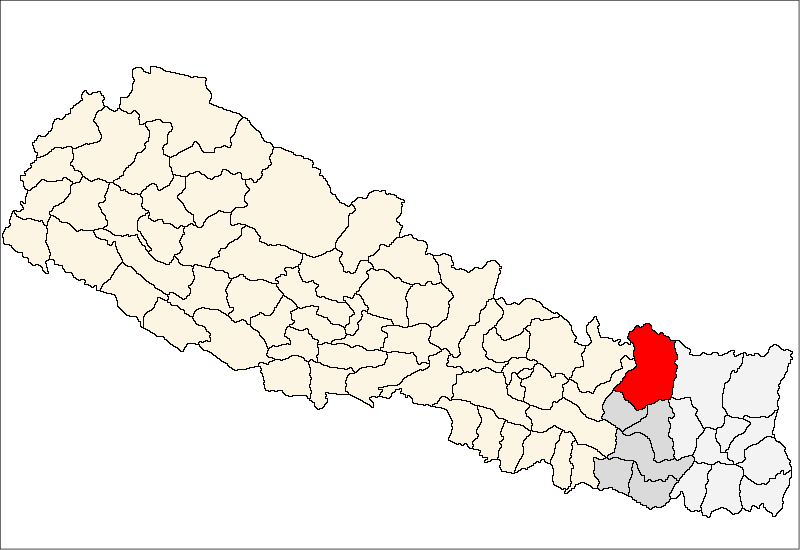
OR
Unannounced load shedding hits industrial sector in Nepal
Published On: March 30, 2024 08:30 AM NPT By: Hari Prasad Sharma

KATHMANDU, March 30: With the onset of winter, electricity production in hydropower projects across the country has begun to decline. The reduced flow of water in rivers during the dry season has led to a decline in power generation and the reintroduction of load shedding in the industrial sector. In response to the unannounced load shedding in industries, the government is preparing to import more electricity from India, having received permission to import 554 MW of electricity.
Currently, a total of 3,000-megawatt of electricity produced by various projects is connected to the national grid. However, only 1,200 MW of electricity is being generated from these projects during winter.
As electricity production decreases, load shedding has reappeared in the industrial sector. Despite the government's announcement on May 14, 2018 about ending load shedding in industries, industries continue to face challenges in obtaining a reliable supply of electricity. Electricity supply has become irregular particularly in industrial hubs like Biratnagar, Birgunj, Butwal, Bhairahawa, and Bardghat, with industrialists reporting up to 10 hours of power cuts per day.
Rakesh Surana, president of the Chamber of Industries Morang, expressed concern about the persistent power outage, noting that Biratnagar's industries have been enduring over 10 hours of load shedding daily for the past 10 days. Surana highlighted electricity supply issues in the Sarlahi area resulting in financial losses due to intermittent power outages.
Similar complaints have been voiced by industries in Birgunj, Hetauda, and Bhairahawa, with Bikash Goenka of Gharana Foods Pvt citing the inability of industries in Bhairahawa and Butwal to operate at full capacity due to insufficient electricity. "The main problem is inadequate electricity supply, forcing industries to operate at only about 30 percent capacity," Goenka said.
The Nepal Electricity Authority (NEA) currently has a total installed capacity of 3,000 MW. Chandan Kumar Ghosh, director of NEA and Head of the Electricity Load Dispatch Center, attributed the decline in electricity production to the dry season, resulting in a one-third reduction in production. "With the onset of winter, water levels of rivers have receded, leading to a production of only 1,200 MW of electricity at present," Ghosh said.
As most of the hydropower projects in Nepal are run-of-the-river (river flow-based) in nature, electricity production increases with rainfall. Similarly, in winter, when the flow of water in the river decreases, electricity generation also decreases.
Ghosh mentioned that,industries and factories across the country are consuming up to 650 megawatts of electricity.
The NEA is working to avoid potential load shedding in the industrial sector by importing additional electricity from India. The NEA has renewed an agreement to import an additional 554 MW of electricity from India.
Ghosh mentioned an agreement has been reached to import more electricity from the Dhalkebar-Muzaffarpur international transmission line and the Tanakpur area.
You May Like This

Forces behind lenghty power cuts trying to weaken me: Ghising
KATHMANDU, April 9: Nepal Electricity Authority (NEA) Managing Director Kulman Ghising on Monday said that certain forces, which forced people to... Read More...

Khalanga all set to be load shedding free
JUMLA, Nov 14: Khalanga of Jumla district, which was once the headquarters of Karnali Zone, is set to illuminate with electricity... Read More...




Just In
- NEA Provincial Office initiates contract termination process with six companies
- Nepal's ready-made garment exports soar to over 9 billion rupees
- Vote count update: UML candidate continues to maintain lead in Bajhang
- Govt to provide up to Rs 500,000 for building houses affected by natural calamities
- China announces implementation of free visa for Nepali citizens
- NEPSE gains 14.33 points, while daily turnover inclines to Rs 2.68 billion
- Tourists suffer after flight disruption due to adverse weather in Solukhumbu district
- Vote count update: NC maintains lead in Ilam-2













Leave A Comment